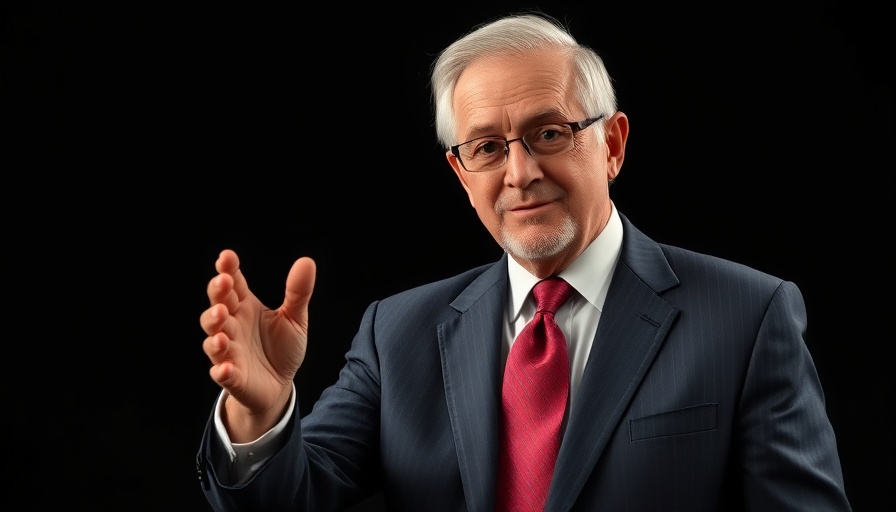
The Business Renaissance of Moulay Hafid Elalamy
Moulay Hafid Elalamy is making waves in the Moroccan business landscape with his recent acquisition of the Moroccan branch of Société Générale. This move marks a significant resurgence for the business mogul, who, after stepping back from the limelight, is back in action, proving that strong connections and strategic acquisitions can reshape the business environment.
Strategic Alliances: The Importance of Trusted Allies
Moulay Hafid's comeback is not solely due to his individual prowess; it’s also a testament to the power of well-nurtured alliances. Surrounded by a network of young and capable entrepreneurs—protégés who have turned into influential business figures themselves—Elalamy underscores the necessity of collaboration in achieving success. These alliances not only bring diverse insights but also enhance innovation, a key ingredient for thriving in today’s competitive market.
Navigating the Landscape of Economic Growth in Morocco
The acquisition signifies more than a business transaction. It reflects Morocco's emerging role as a focal point for businesses in Africa, with the African Continental Free Trade Area (AfCFTA) potentially bolstering trade and economic conditions. The interplay of local entrepreneurs like Elalamy with international corporations can drive innovation and attract foreign investment, paving the way for the economic growth that Morocco and the larger African continent are striving for.
The Role of Technology and Innovation
Elalamy’s business strategy emphasizes the integration of technology, particularly as he positions himself within sectors that are increasingly driven by digital transformation. By leveraging technology—such as fintech and e-commerce—he is not just adapting to the current business climate; he is actively shaping its future. This path reflects a broader trend where businesses are recognizing the necessity of modernization to stay relevant and competitive.
Empowering the Next Generation
Moulay Hafid Elalamy’s focus on nurturing young talent aligns with the ambitions of many countries within the African continent, prioritizing education and youth empowerment. As millennials and Gen Z enter the workforce with fresh perspectives and a hunger for innovation, the emphasis placed by business leaders on mentorship will be crucial in fostering a new generation of entrepreneurs who can address local challenges effectively.
The Intersection of Business and Governance
An essential aspect to watch in Elalamy’s story is the intersection of business and governance. In Morocco, as in many other African nations, successful entrepreneurs often play a dual role as influencers in policymaking. This dynamic can shape the future of governance and economic policy in ways that promote democratic growth and the enforcement of legal transparency, vital for tackling issues such as corruption and ensuring equitable development.
Conclusion: A Call to Embrace Transformation
Moulay Hafid Elalamy stands as a beacon of entrepreneurial spirit and resilience in a rapidly evolving economic landscape. His comeback not only inspires other business professionals but also commands attention from stakeholders committed to fostering a robust and interconnected business ecosystem in Morocco and beyond. As he sets forth on new ventures, it’s crucial for leaders in all sectors to embrace innovation, focus on education, and prioritize sustainable development.
To understand better the dynamics of business transformations similar to Elalamy's in Africa, consider engaging with organizations and platforms that promote entrepreneurship and innovation. Together, we can contribute to shaping a future where Africa thrives in global business.
 Add Row
Add Row  Add
Add 




Write A Comment